Fat Splitting Plant
We believe in providing top quality workmanship and are so confident in our level of service that we back.
We believe in providing top quality workmanship and are so confident in our level of service that we back.
Hydrolysis, also known as splitting, uses water and steam to react with oil or fat at high temperatures (210-250°C) and pressures (30-60 bar), creating “sweet-water” (glycerine in surplus water) and crude split fatty acids. Different fats and oils are utilized to get the desired chain length. Splitting takes place in high-pressure columns with heat recovery. Fat/oil enters from the bottom, water from the top, and high-pressure steam propels the operation.
Fatty acids are flashed under vacuum to dry and avoid reversal, and then purified by distillation. Sweet water is flashed at atmospheric pressure, pre-concentrated with steam in a vacuum, treated to eliminate fatty debris, then concentrated in a multi-effect evaporator. The crude glycerine is subsequently purified by distillation, deodorization, and bleaching.
Fat Splitting Process: Triglycerides are hydrolyzed and gradually transformed into diglycerides, monoglycerides, and glycerol throughout the splitting process. When glycerine and water are continuously removed, the balance is shifted, producing fatty acids:
– DG + FFA = TG + H2O
– H2O + DG = MG + FFA
– Glycerol + FFA + MG + H2O
A mixture of mono-, di-, and some triglycerides will be present in the result if the fat splitting process is not completed.
Feedstock Types: Hydrolysis is a procedure that separates oil, namely TG, DG, and MG. The most commonly used feedstocks in industrial practice include lard, palm oil, coconut oil, palm kernel oil, rice bran oil, acid oil, high FFA and non-edible grade tallow, and fatty acid distillate from refineries. Various fats and oils are used to provide the appropriate chain length profile for the desired items.
Removal of impurities and water from oils and fats.
Hydrolysis, also known as splitting, uses water and steam to react with oil or fat at high temperatures (210-260°C) and pressures (30-60 bar), creating "sweet-water" (glycerine in surplus water) and crude split fatty acids. Different fats and oils are utilized to get the desired chain length.
Crude fatty acids from the splitting column are flashed to remove residual moisture. These fatty acids, which are initially dark and impure, are then purified or fractionated through fractional distillation.
Crude glycerine is continuously extracted from the bottom of the splitting column and flashed to increase its concentration
mulsified fats in the sweet water are converted into non-soluble soap and filtered out to purify the mixture.
The sweet water is concentrated to 80-88% using a multiple-effect evaporator.

Strategies to ensure proactive domination. At the end of the day,User generated content in real-time will have multiple touchpoints for offshoring.




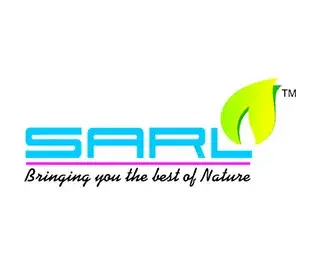

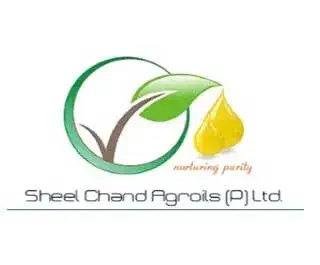
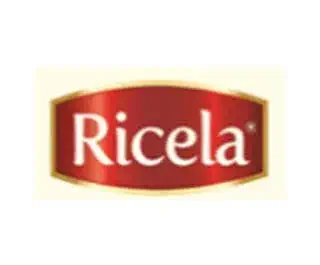
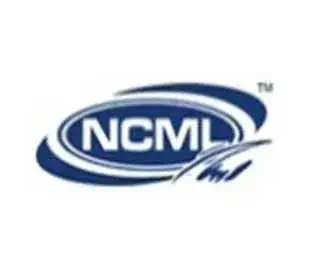
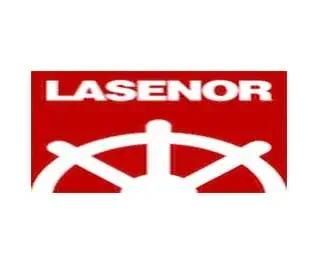
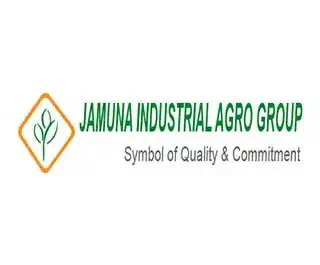
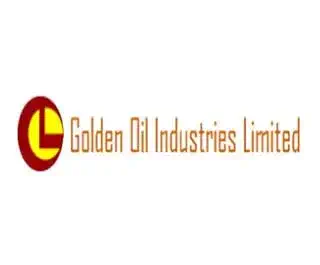




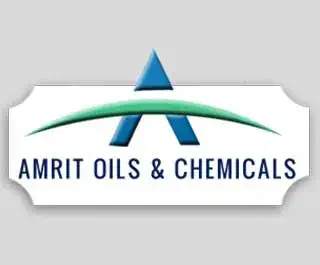
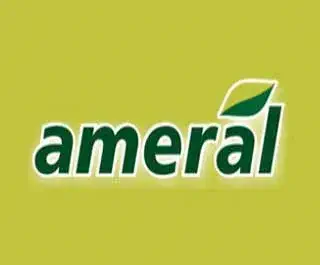
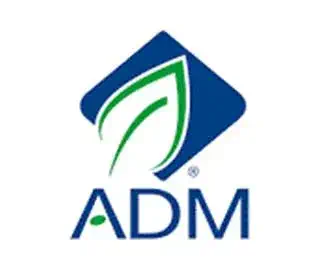
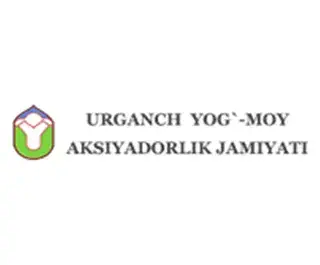
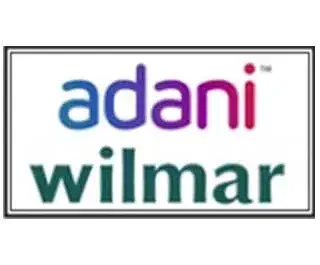
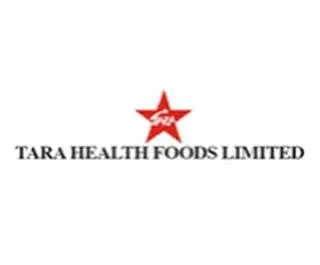
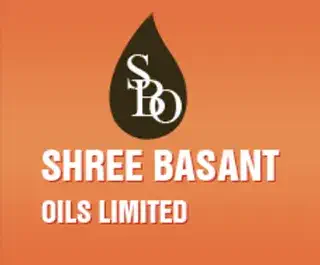
March 15, 2025
October 20, 2024
Discover some of the most asked questions regarding Fat Splitting Plant.
A fat-splitting plant works by using a process called hydrolysis. In this process, fats and oils are mixed with water and heated under high pressure to break them down into fatty acids and glycerol.
Common raw materials include vegetable oils (such as palm oil, soybean oil, and coconut oil, acid oil etc) and animal fats (such as tallow)
Fat-splitting plants provide essential raw materials for various industries. Fatty acids and glycerol are used in making soaps, detergents, personal care products, pharmaceuticals, and food additives, among other products
Fat-splitting plants must manage waste and by-products responsibly. This includes treating wastewater and ensuring that the processes are efficient to minimize environmental impact.